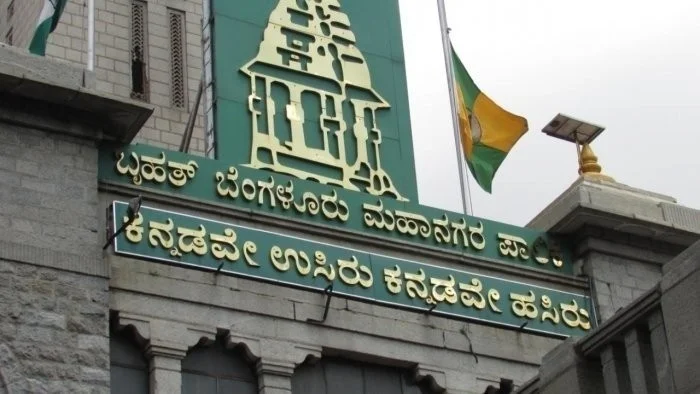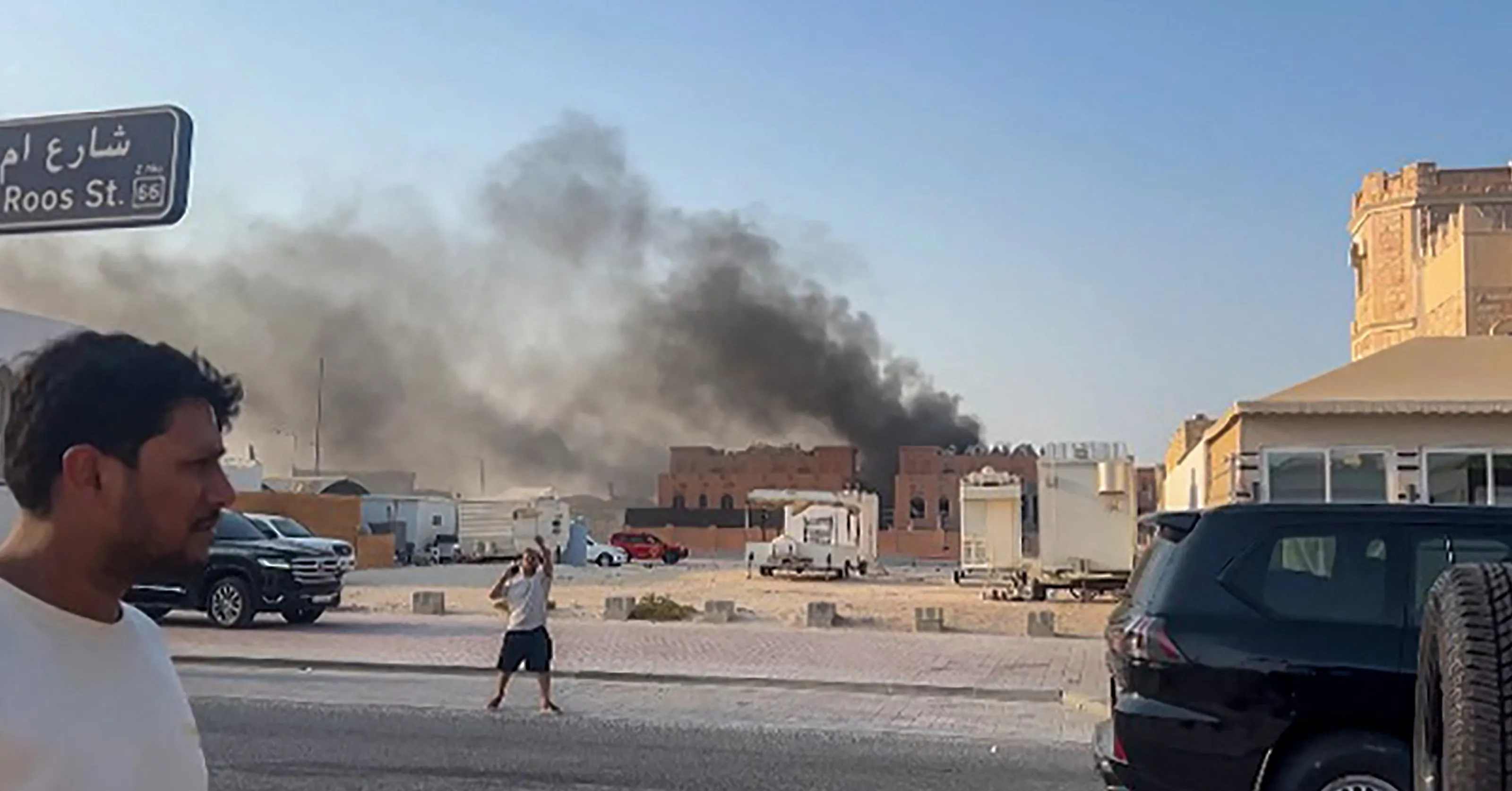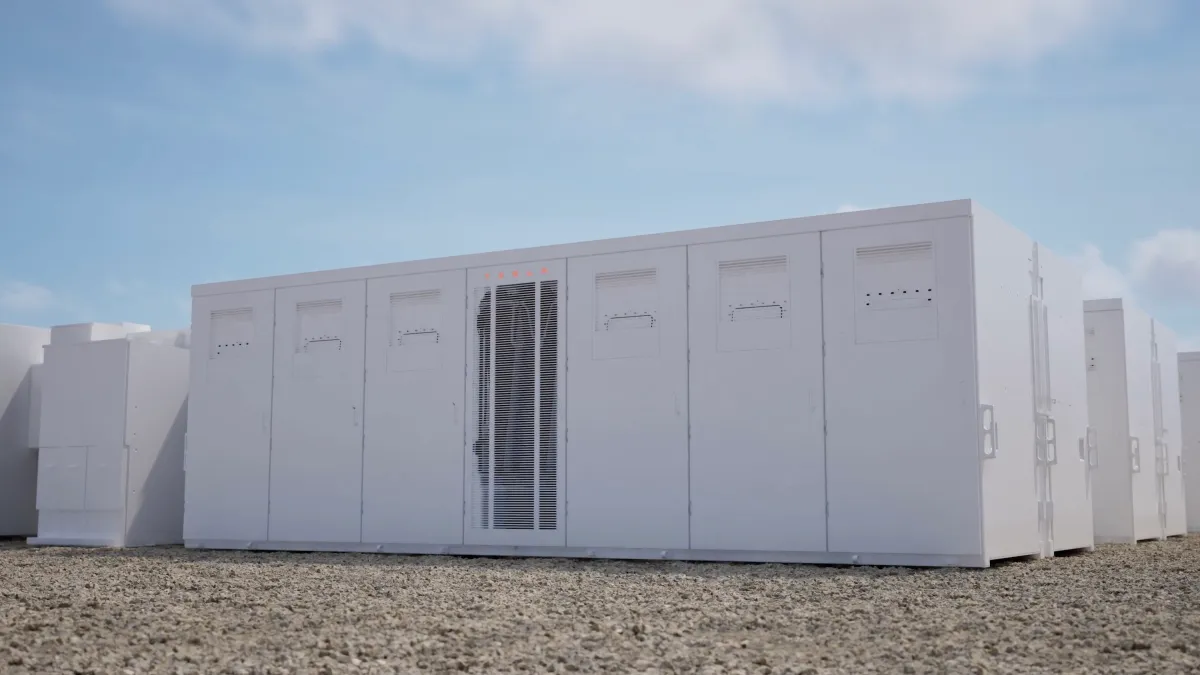By News Karnataka
Copyright newskarnataka

Bengaluru: The newly established Greater Bengaluru Authority (GBA) is preparing to take on its first independent assignment—the Bengaluru Water Resilience Project—aimed at tackling the twin challenges of urban flooding and water scarcity. This development comes just days after the GBA officially replaced the Bruhat Bengaluru Mahanagara Palike (BBMP) as the city’s central planning authority.
First milestone for the new civic body
Until now, the GBA had largely functioned as an oversight body, monitoring the works of B-SMILE, a special purpose vehicle responsible for mega infrastructure projects. The decision to directly manage the water resilience project marks a major step in defining the GBA’s role as an implementing authority.
Chief Commissioner M. Maheshwar Rao confirmed to The Hindu that the project will now be routed through the GBA, since all funding is channelled via the state government.
World Bank-backed financing model
The project will be implemented under the Programme-for-Results (PforR) financing model, with the World Bank approving a loan of $426 million (around ₹3,500 crore). The funds will be disbursed between 2026 and 2031.
The total project cost is estimated at ₹5,000 crore, with the Karnataka government contributing the balance ₹1,500 crore. According to project details, the funds will be utilised to strengthen the city’s storm-water drains (SWDs) and build new sewage treatment plants (STPs).
Transition from BBMP to GBA
The project was originally assigned to the now-dissolved BBMP, which had already floated tenders and issued work orders. However, after the transition of power, the GBA has assumed control of SWD-related works, while the Bangalore Water Supply and Sewerage Board (BWSSB) will manage STP construction and operations.
Sources indicated that the World Bank was initially apprehensive about changes in the implementing authority, as such transitions can disrupt performance-linked disbursals. To avoid delays or complications, the GBA was designated as the lead authority.
Why not B-SMILE?
While B-SMILE could have been considered for managing the project, officials ruled out the option, citing its already heavy workload with four major projects in hand. Instead, the GBA plans to assign more engineers and place the project under the supervision of one of its Special Commissioners to ensure timely execution.
Climate resilience at the core
The Bengaluru Water Resilience Project is closely aligned with the World Bank’s focus on climate financing. As part of its submission, the Karnataka government highlighted its Climate Action Plan (CAP) as a framework for implementation.
The Climate Action Cell (CAC), earlier housed within the BBMP, has now been strengthened with new deputations and fellows. This unit will take the lead in rolling out climate-linked initiatives such as flood mitigation, drainage improvements, and sustainable urban planning.
Broader implications for the city
For Bengaluru, the project comes at a crucial time. In recent years, the city has faced recurring flooding during monsoons and mounting pressure on its water resources, particularly in peripheral zones dependent on borewells.
With an integrated plan focusing on both drainage and sewage infrastructure, the project aims to reduce waterlogging, improve water quality, and ensure resilience against climate-induced stresses.
Urban planners say the GBA’s direct involvement will serve as a test case for how effectively the new civic body can handle large-scale projects. If successful, it could set the tone for other infrastructure and climate-linked initiatives under the GBA’s leadership.
The Bengaluru Water Resilience Project represents a significant test for the GBA as it begins its journey as the city’s planning authority. With World Bank funding secured, state support in place, and climate action at its heart, the project could become a model for urban resilience in India’s rapidly growing cities. For Bengaluru, it offers a chance to strengthen infrastructure, safeguard against future climate risks, and ensure sustainable growth.



